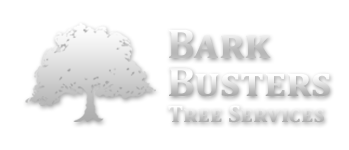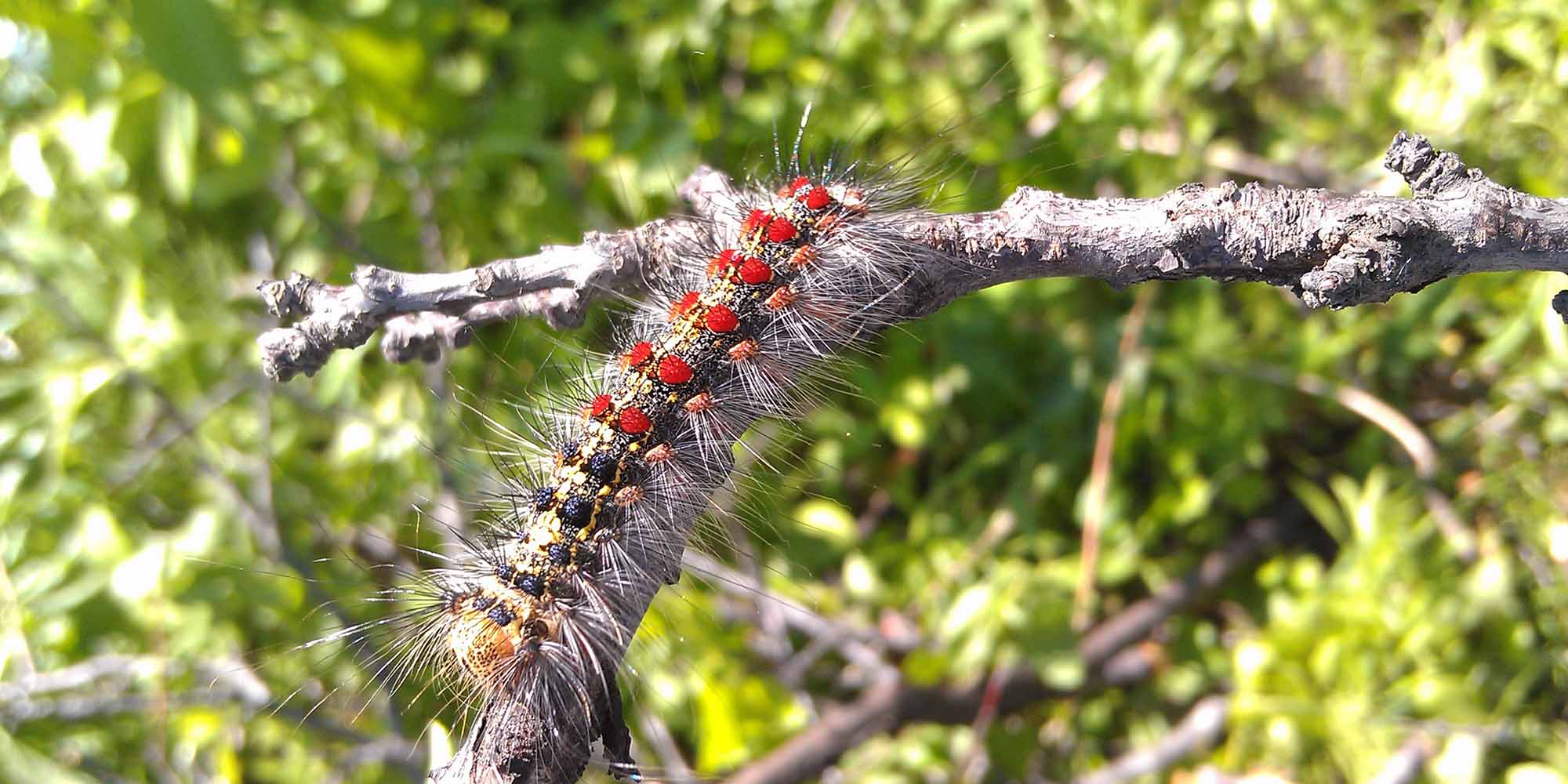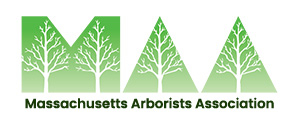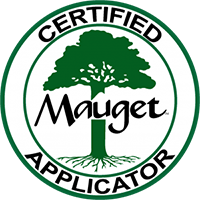Effective Pest Management: Safeguarding Nature and Nurturing Harmony
To care for trees and plants in the most effective and appropriate way possible, an Arborist needs to become an expert in Pest Management. Pest Management for trees involves the removal or control of harmful insects from vulnerable plants. Insects can be lumped into three broad categories: Chewing Insects, Sucking Insects and Boring Insects. Typically, Boring Insects are the most dangerous to your trees. Examples of this type of pest includes the notorious Asian Longhorned Beetle and the Emerald Ash Borer.
Currently, these two non native insects have made inroads all along the northeast corridor. Here’s a recent article from the Washington Post on this issue.
To prevent infestation, sickness and death to your trees it’s imperative to keep them healthy. In order for trees to maintain their health they need water, pruning, mulching and fertilization. The key really is prevention rather than treatment. However, once infestation occurs it’s time to bring in the experts. In that case, you know who to call……BarkBusters!
Common Bugs
- Asian Long Horned Beetle – Very distinctive and very destructive; this pest is difficult to control and extreme measures have been taken where it has been discovered. The most visible evidence of ALB infestation for any given Maple, Horsechestnut, Birch, Plane tree, Poplar, Willow, or Elm is the exit holes.
- Birch Leafminer– Many Birches in Massachusetts are weakened by the Birch Leafminer. The larvae of this pest mines between layers of the leaf, causing distinctive kidney shaped blotches. Two generations of this each season will reduce vigor of otherwise healthy trees. If we have repeated drought conditions the vigor of these ornamentals is lessened further.
- Emerald Ash Borer – This pest has finally made it to Massachusetts and is difficult to control once established If you have Ash trees you wish to keep and notice a decline in the crown or find the metallic green adults contact Bug Busters.
- Gypsy Moth– It is making a comeback so lets’ be ready. This resurgent pest is devastating in the caterpillar or larvae stage. It begins after the Winter Moth larvae have dropped so it may require a second visit from Bug Busters.
- Hemlock Wooly Adelgid-If you see white cottony balls on your Canadian or Carolinian Hemlock (looks like hail when snow is months away) then you have the adelgid. This strange pest has been devastating Hemlock groves and landscapes in Massachusetts for years.
- Prunicola Scale– If you have the flowering Cherry, lilac, or privot in your Massachusetts landscape you may notice the White Prunicola Scale (WPS). A white cottony appearance on trunk, branches, and even twigs is a giveaway. Although there are natural predators, they do not save valuable trees.
- Spider Mites – There are both damaging and beneficial mites in the landscape here in Massachusetts. One of the most damaging mites of conifers is the Spruce Spider Mite. You can check for these by shaking a branch from your Spruce, Arborvitae, Fir, Hemlock or Pine over a sheet of paper during the summer.
- Winter Moth– The larval stage is when the damage occurs from this pest, but we remember the adult male more. He is the tan moth flying around and crawling on outdoor lights and windows when almost every other insect is overwintering.




